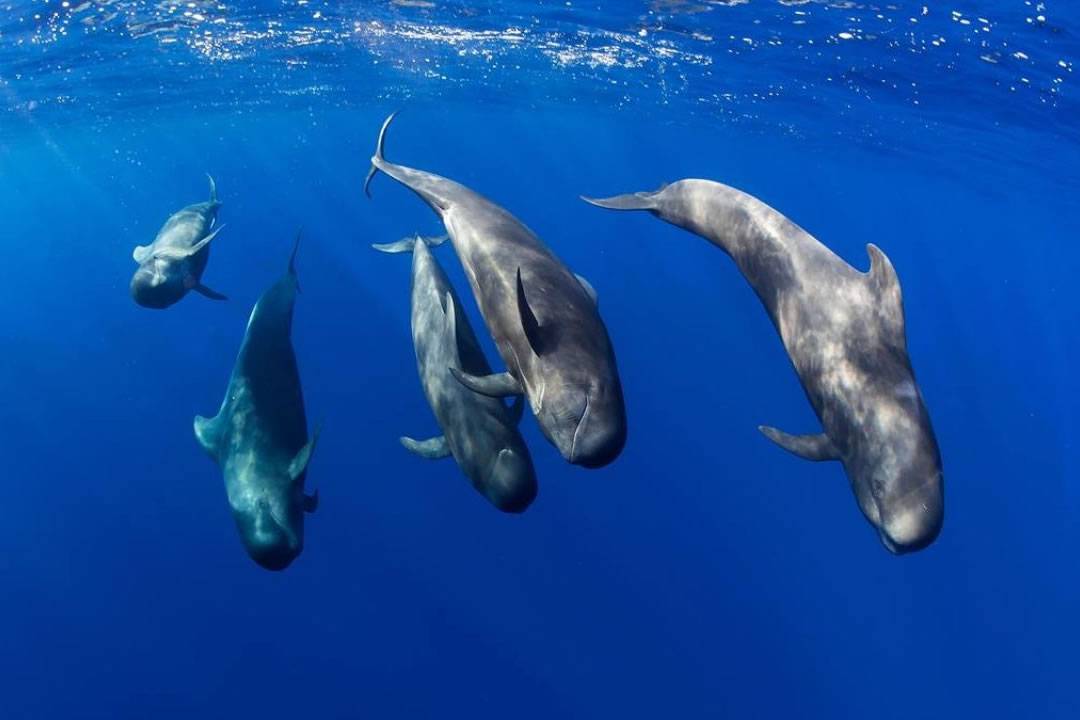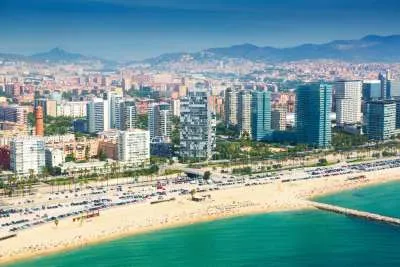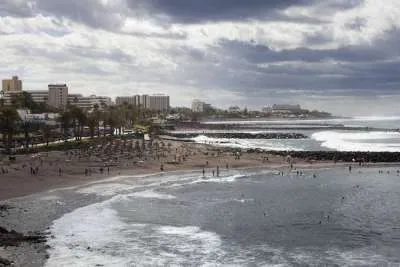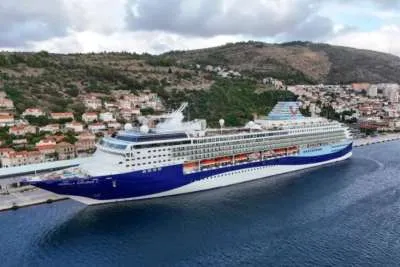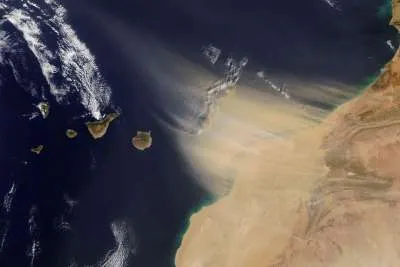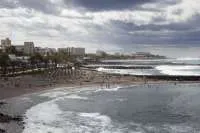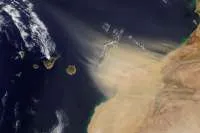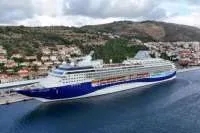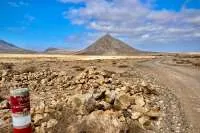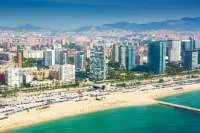Why the Canary Islands continue to appeal to so many local and international tourists?
- 19-01-2025
- Travel
- collaborative post
- Photo Credit: Turismo de Canarias
According to a recent survey conducted by Statista, the Canary Islands emerged as the third most visited region in Spain worldwide. You might be surprised to learn that in 2023 alone, more than 14 million international tourists visited the islands, a figure much higher than the previous year by almost 13%.
Of course, these statistics could not be increasing if there were no opportunities to unwind and create unforgettable memories whilst on holiday in the region, so imagine spending your days discovering all the things you can do in the islands, from snorkelling to enjoying other activities.
Realising that this could sometimes be cumbersome, we have curated this article just for you - so why not read on? Here, you will discover some of the Islands’ captivating features and understand why so many people with different tastes find them appealing.
The role of the wide variety of marine life
With over 1,500 kilometres of coastline, the Canary Islands offer numerous crossings for sailing aficionados to explore. The Islands’ location and surrounding oceans allow for the existence of exuberant marine fauna and flora.
In fact, the Gulf Stream, the lack of an underwater shelf and the great depths between the Islands have really contributed to the types of species occupying the region.
Did you know that the archipelago boasts over 500 varieties of fish, 80 types of mammals and five types of marine reptiles? This is without mentioning the multiple varieties of brown and red algae, molluscs, cephalopods and so on. And for those who love species like the Mediterranean parrotfish and the Atlantic wreckfish, you’ll likely encounter them in Canarian gastronomy.
In addition, the areas between Tenerife and La Gomera allow you to watch the largest number of whales and dolphins in the archipelago, and even if you want to watch them from other locations like Gran Canaria, La Palma and El Hierro, you can still do so.
What about the natural wonders of the Canary Islands?
Are you aware that the world’s third-highest volcano and Spain’s tallest peak are located in the Canary Islands? Believed to have started forming about 170,000 years ago, Mount Teide has continued to draw the attention of many geographers. In fact, it last erupted in 1909, and today, geographers continue to monitor its activity closely.
In most cases, you’ll be allowed to take a cable car up to 3,555 metres, but if you want to continue to the summit, you have to apply for a permit. Some experts recommend overnight experiences at the Altavista Refuge (3,260m) for unforgettable memories.
Towards the northernmost tip of Tenerife is the Anaga rural park that treats visitors with hikes through ancient laurel rainforests, among many other things. To deepen your experience at this site, consider walking through its craggy ravines and sailing through the waters to Santa Cruz de Tenerife as you watch marine mammals.
And how could we fail to mention the Corralejo dunes, which stretch along the shores of Fuerteventura for over six miles? Their near-white sands, distinct red and black volcanic setting and cobalt-blue waters make them a true wonder to explore. Take some time beneath an umbrella on a waterside sun lounger to watch windsurfers and kiteboarders taking to the waves if you just want to relax.
Visit the Jandia Natural Park to enjoy engaging volcanic views and multiple varieties of wildlife. You don’t want to miss the view from Pico de la Zarza. At about 800 metres high, you will be able to see Cofete Beach in all its magnificence.
Immerse yourself in different cultural events
Are you ready to get an in-depth experience of the Canary Islands’ cultural heritage? Festivals like the Fiesta de la Rama have you covered. Dating back to the time of the indigenous people of the region, this festival celebrates an ancient rite where people would clash branches into the sea to appeal to the gods for rain. Surprisingly, it was declared a festival of international interest in the early 1970s.
You’d find residents and visitors marching to the beach while shaking their branches to the tune of the traditional Agaete marching band. After arriving at the beach, they give the branches as offerings to the Virgen de las Nieves, the region’s patron saint. A spectacular thing about this event that you might notice is the three big dances:
- La Diana
- La Rama
- La Retreta
Another festival that brings to life the seafaring tradition of Arinaga’s coastal village is La Vara Pescao. It always brings the memories of ancient fishermen who would walk along streets sounding conch shells to encourage people to buy their fish.
La Vara Pescao differs a bit from Fiesta de la Rama because it doesn’t have a religious theme; the most intriguing part is the procession. For those planning to attend this event, don’t forget to dress in white, which is the festival’s traditional dress code.
The Canary Islands have a lot of experiences to offer you, but in this article, we’ve only mentioned a few. From the engaging marine life and captivating natural wonders to a vibrant culture, you definitely will not lack something that suits your taste.
It’s actually why several experts rank them among the most internationally visited places in Spain. So, whether you’re a local or an international tourist looking for new adventures, you can consider exploring the engaging opportunities that the Canary Islands have to offer.
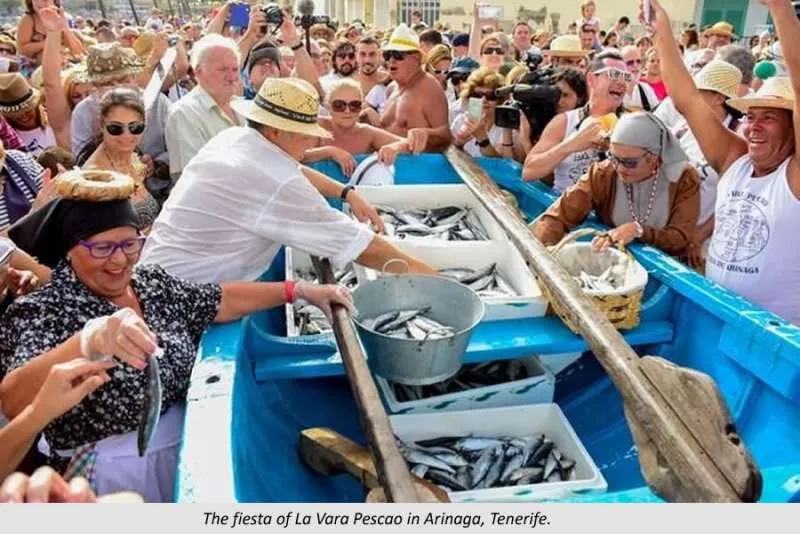
Other articles that may interest you...
Trending
Most Read Articles
1.
2.
Featured Videos
A Vision of Elvis Tenerife Promo
- 10-05-2025
TEAs 2025 Highlights
- 17-11-2025


